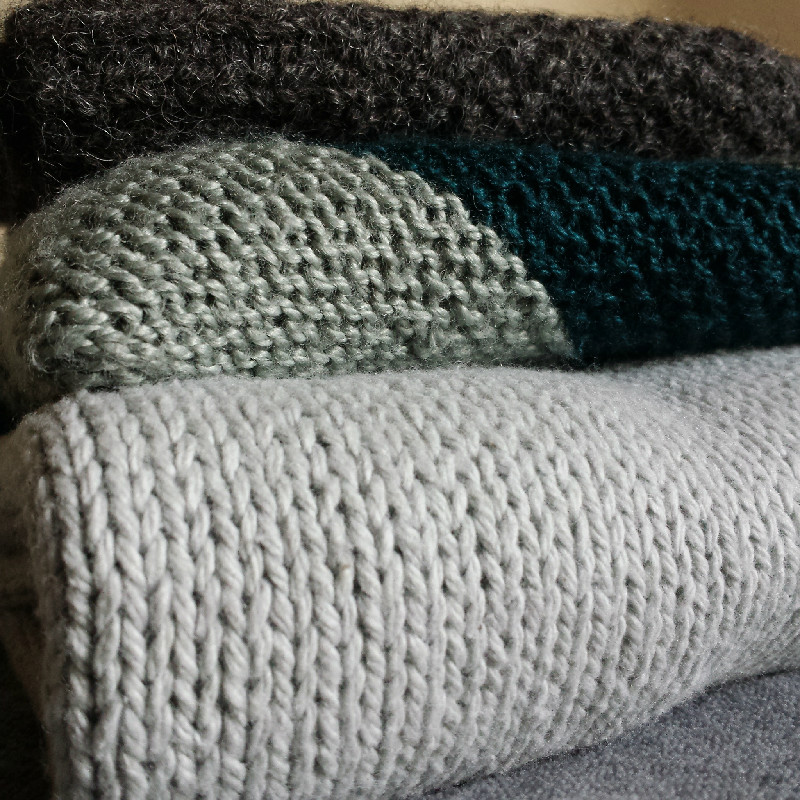Common Abbreviations and Terms
As with any craft or hobby, knitting has its own set of terms and abbreviations. It is hardly a surprise that knitting patterns tend to look like gibberish to a beginner, they certainly did to me. Patterns are usually written as a series of abbreviations, instead of having to write out instructions repeatedly over many rows or rounds. I have collected some of the more common terms and abbreviations here, at least in my experience. However, you should be aware that things might be abbreviated differently by different designers and language groups.
- k
- Knit. Work the stitch with the yarn in back.
- p
- Purl. Work the Stitch with the yarn in front.
- sl
- Slip the stitch from the left needle to the right needle without working it.
- s1k
- Slip one as it to knit.
- s1p
- Slip one as if to purl.
- inc
- Increase. Add a stitch or stitches in any number of ways.
- M1-L/M1-R
- Make one left or right. A basic increase.
- dec
- Decrease. Remove a stitch or stitches in any number of ways.
- k2tog
- Knit two together. A right slanting decrease.
- k2tog tbl
- Knit two together through the back loop. A left slanting decrease.
- p2tog
- Purl two together.
- p2tog tbl
- Purl two together through the back loop.
- ssk
- Slip slip knit. A left slanting decrease.
- pm
- Place marker
- sm
- Slip marker. Slip the marker from the left to right needle.
- co
- Cast on
- bo
- Bind off
- turn
- Turn the work over from the right side to the wrong side or from the wrong side to the right side.
- *
- Indicates that the instruction repeats.
- * *
- Indicates that what is between the asterisks is to be repeated.
- k-wise
- Knitwise
- p-wise
- Purlwise
- RS
- Right Side. The "front" of the work.
- WS
- Wrong side. the "back" of the work.
- yo
- Yarn over. A type of increase that leaves a hole in the work. It is common in lace knitting.
Charts
Patterns can also be ‘charted’, either as a visual for a specific portion of a pattern or as the entire pattern. Here symbols are used to indicate stiches, arranged in a grid of small cells. This method is often used when a pattern makes use of cables. Charts are also used for color work. In this case, the cells are filled with the intended color instead of symbols.


